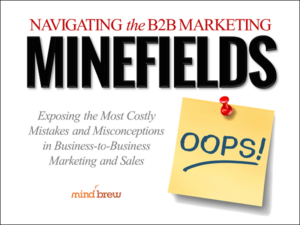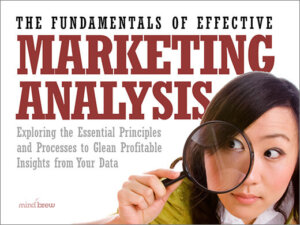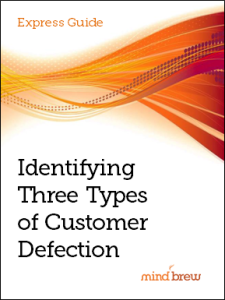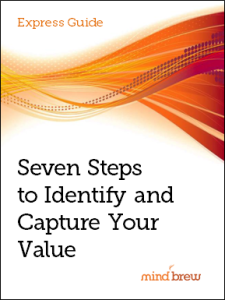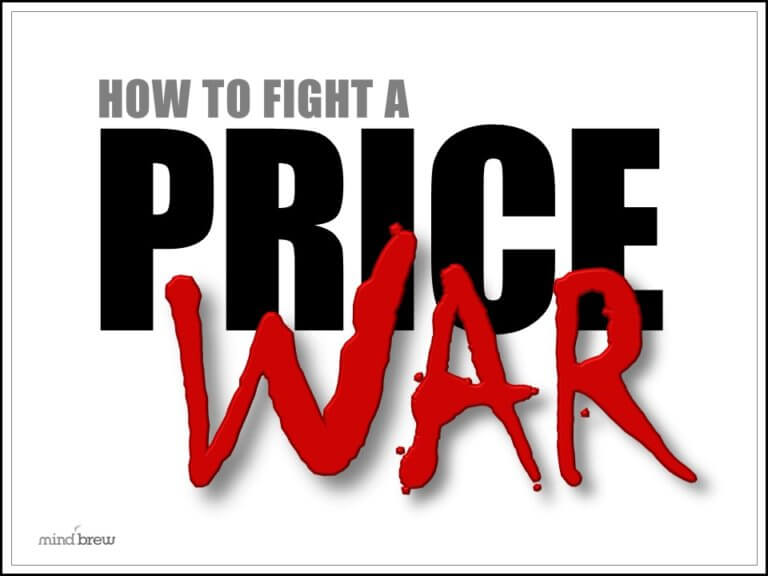Back when I used to work at an advertising agency, we frequently had clients tell us that they wanted to do some branding. “Great!” we would say. “Tell us a little bit about what you want to accomplish.”
Usually, at this point the clients would start talking about the company logo or tagline. “I don’t like the colors,” they would say. Or “it hasn’t been updated in twenty years, and we look out-of-date.” Or “I’m overhauling our advertising, and I want everyone to see that we’re doing something new.”
These clients weren’t really interested in branding at all. They wanted a logo redesign, or maybe a new tagline.
Branding is about so much more than your corporate symbols and color pallet. Your brand is the impression that forms in the mind of your customers as a result of all of their interactions with your organization. Branding isn’t an activity at all—it’s the result of a million separate interactions between customers or prospects and your organization. It’s the marketplace’s perception of your corporate personality.
Consider: even if you had never seen your cable company’s logo, you would have an impression of their brand based on how they treated you on the phone when you called to set up service. And when you go to a new restaurant, your impression of their brand has far more to do with the quality of your food and the friendliness of the staff than with the color of their sign or the layout of the menu.
As a B2B marketer, your customers’ impression of your brand will be based on a lot of things. Sure, your logo, website, and advertising will play a role, but the way your salespeople and customer service reps speak to people will probably have an even bigger role. Your job as a brand steward is to set the tone and direction for all communications between your organization and the outside world.
At the ad agency, sometimes we had clients who understood that a brand is more than a logo. They responded to our request for more info about their goals by saying something like, “We’re launching a new product, and we need to come up with a name, logo, product packaging, signage, and an overall brand strategy.” Others said, “We have a new CEO who is taking the company in a different direction, and we’re overhauling every aspect of our brand from our business cards to our delivery trucks to the way we answer the phones.”
A few really exceptional clients even mentioned the magic word: research. These clients understood that because a brand exists in the mind of the customer, you can’t really understand your brand unless you talk to your customers. And you can’t tell what type of brand would appeal to prospects unless you talk to them.
It’s always fun to draw a new logo or pick new colors. But true brand management is so much more meaningful. When you do research-driven work that helps your company better communicate how you can help your customers and why they should trust you, that has an impact on the corporate bottom line.
Don’t make the mistake of thinking that branding is something you can do with a logo redesign and a four-week campaign. Your brand is being shaped every time anyone interacts with your company in any way. Brand management is a long-term effort that requires careful attention to a myriad of details. But if you do it well, you’ll find it has a substantial payoff.

